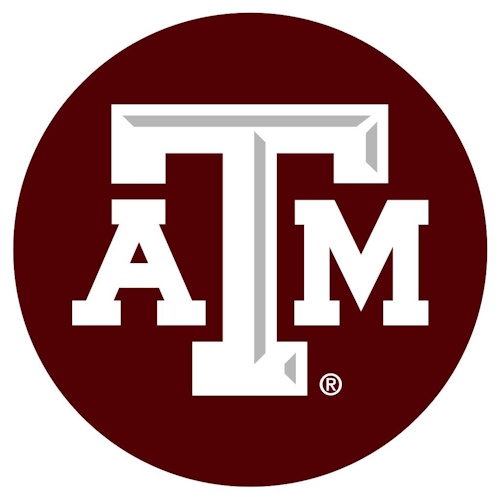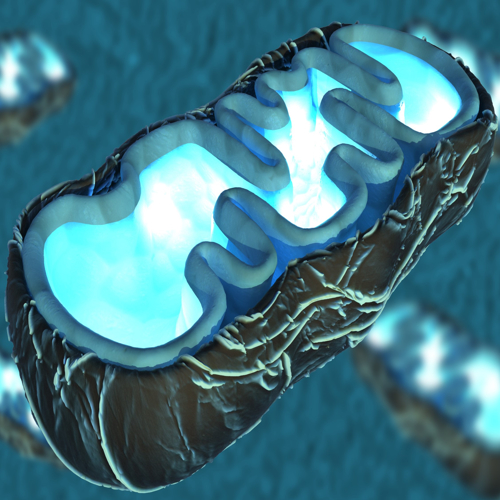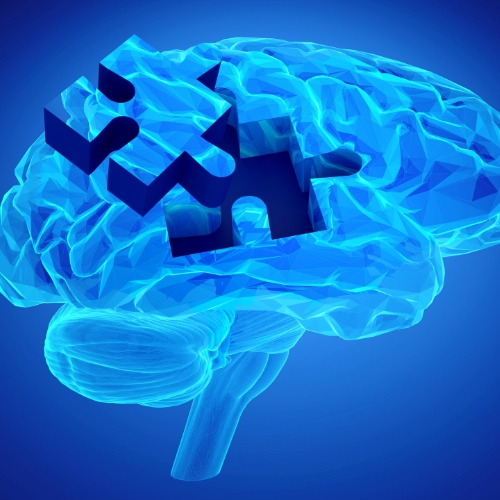Key points from article :
Researchers at Texas A&M University have discovered that tiny metallic “nanoflowers” may offer a promising new way to protect and repair brain cells affected by neurodegenerative diseases. The study, led by biochemist Professor Dmitry Kurouski, shows that these flower-shaped nanoparticles can dramatically improve the health of mitochondria—the cell’s energy-producing structures—and reduce the harmful reactive oxygen species (ROS) they generate.
In dishes of human nerve cells (neurons) and supporting astrocytes, the nanoflowers lowered ROS levels within 24 hours and boosted mitochondrial performance. Kurouski notes that even healthy cells experience some oxidative stress, but these nanoparticles appear to “fine-tune” mitochondria so efficiently that toxic by-products almost disappear. Because mitochondrial dysfunction and oxidative stress are major contributors to Alzheimer’s and Parkinson’s, this approach could help address disease mechanisms rather than just symptoms.
The researchers then moved to whole organisms, testing the nanoparticles in C. elegans worms, a standard model in neurological research. Worms treated with a specific type of nanoflower lived several days longer than untreated animals—significant for a species with an 18-day lifespan—and were less likely to die early. These early results suggest that mitochondrial support may translate into improved survival and resilience at the organism level.
Kurouski’s team is now exploring how best to deliver the nanoflowers—an intranasal spray is one promising option—and conducting further safety and efficacy testing in more complex animal models. While it will take time before human trials can begin, Kurouski believes this technology could represent a “new class of therapeutics” with the potential to reverse neuronal damage and offer fresh hope to people with Alzheimer’s, Parkinson’s, and even traumatic brain or spinal cord injuries.






